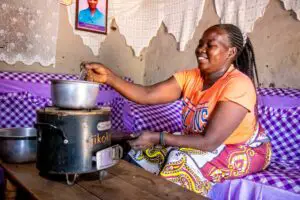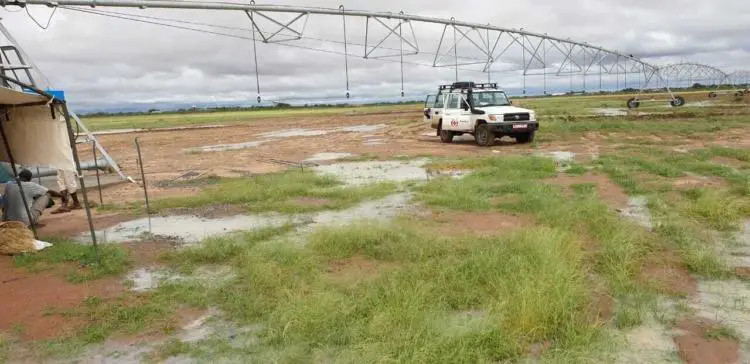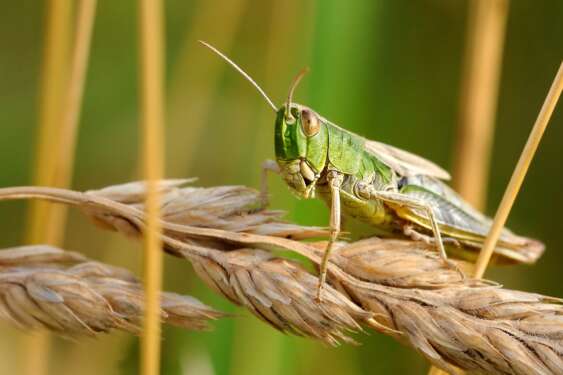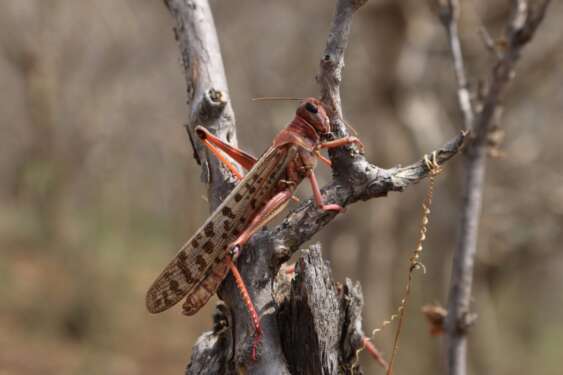- d.light’s 600,000 cookstoves project verified as top source of quality carbon credits
- Artificial intelligence (AI) could create a turning point for financial inclusion in Africa
- AIM Congress 2024: Catalysing global investments with awards
- Kenya’s economic resurgence in 2024
- The most stressful cities to live in 2024 exposed
- Tech ventures can now apply for the Africa Tech Summit London Investment Showcase
- State of journalism survey 2024 shows media houses are lagging in AI adoption
- Forum sets the stage to unleash global potential for startups during AIM Congress 2024
Browsing: Africa’s food security
- The ongoing conflict in the Gaza Strip, Palestine, is threatening to impose a new burden on food security systems in Africa.
- African economies find themselves compelled to choose sides between Israel and Palestine carefully.
- However, our analysis indicates that Africa faces a no-win situation when dealing with instability and the worsening conflict in the Gaza Strip.
The aftermath of the Israel-Hamas war is having devastating effects on Africa’s economic and political spheres, with food inflation being the first tangible negative impact.
As African economies are still recovering from the effects of the global COVID-19 lockdown and grappling with the consequences of the Russia-Ukraine war, the Israel-Hamas war is further destabilizing fragile food security systems in the continent.
The disruption in trade is attributed to new security challenges and what economists describe as investors opting for a “flight to safety.” These investor actions are strengthening the US dollar and causing …
The first 1000 days after conception are very vital in a child’s life. This is a formative stage where the child needs nutrients and protection to enable them to thrive. Children who lack these key nutrients during the 1,000 days between conception and the age of two become stunted permanently.
This also makes them more predisposed to diseases as they are weaker.
According to data from the African Development Bank (AfDB), statistics from two years ago show that two out of five of the world’s stunted children under the age of five were living in Africa. This is an increase from the 2017 data that showed that only over one-third of five children were stunted.
Also Read:Safeguarding food security, nutrition in East Africa in the pandemic era
Africa is the only region in the world where the number of stunted children has risen in the past several years. This …
The AGCO Agriculture Foundation (AAF) has announced another project partnership with the Kenya Red Cross Society (KRCS) aimed at addressing climate change and food insecurity in the Dadaab Refuge Complex.
In a press statement sent to newsrooms on Thursday, May 6, 2021, the private foundation committed to ending hunger through sustainable agricultural development noted that this was a second phase of a USD $125,000 project partnership with the Kenya Red Cross Society (KRCS).
According to the foundation, the project began this month, with the goal of restoring degraded land, strengthening refugees’ food security and income levels, and increasing production of diverse, nutritious foods.
Dadaab Refugee Complex
The Dadaab Refugee Complex falls within the expansive arid and semi-arid lands (ASAL) of Kenya, characterized by hot, dry weather and high rates of evapotranspiration interspersed with occasional flooding in poorly drained areas.
Climate change
Dramatic changes in weather patterns have caused prolonged drought …
East Africa has since late 2019 been fighting swarms of desert locusts which have posed a serious threat to crops and grazing across the region.
The locust plague In Kenya is the worst in 70 years. In the last two months, new swarms have been breeding and hatching leaving farmers devastated as they try to cope with the negative effects from previous pests not to mention the dry spells and floods that hit the region further destroying crops.
“We expect the worst if the young hatch in March and April,” Kelvin Shingles, Kenya Country Director for German Agro Action (Deutsche Welthungerhilfe) said in a press release.
In Ethiopia, Somalia and Kenya, it is reported that up to 38 percent of cropland and 48 percent of pastureland have been affected. 69 percent of households have also suffered losses due to the plague according to the Southern Africa Food and …
Survey and control operations on the ground and by air have been scaled-up.…








